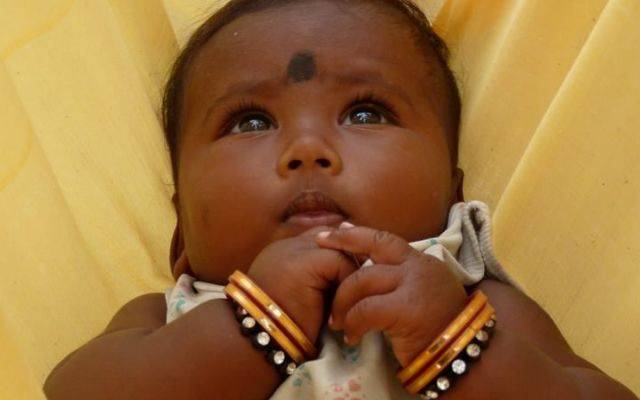According to Indian Express, at 6,40,000 newborn child deaths in 2016, India has the largest number of babies dying in the world, but having notched up a 66 per cent reduction in under-five deaths between 1990 to 2015, the country is way ahead of the global curve, shows a new UNICEF report. India, however, is the only major country in the world to have a higher mortality for girls as compared to boys.
In 2016, there were 1,20,000 fewer deaths than in 2015. India has almost met its Millennium Development Goal (MDG) target, though it is way past the MDG era. The global decline in the under-five mortality during the MDG period was 55 per cent. The number of annual under-five deaths in India has gone below one million for the first time in 2016. With the current rate of decline, India is back on track to meet the Sustainable Development Goals (SDG) target for the under-five mortality of 25 per 1,000 live births by 2030. The current rate is 39. Neonatal mortality is defined as death within the first four weeks of life.
India’s status though still remains a matter of concern, especially since, as the report points out, “Eight of the countries with the highest newborn mortality rates are considered fragile states. In these countries, crises, including conflict, natural disasters, instability and poor governance have often impaired health systems and hampered the ability of policymakers to formulate and implement policies that promote newborn survival.” None of these political factors apply for India.
Speaking about the report “Every Child Alive”, Dr Ajay Khera, deputy commissioner and in-charge child and adolescent health in the Ministry of Health and Family Welfare, said, “India has made a lot of progress in preventing child deaths, but at 9.6 lakh under-five deaths, 6 lakh of them in the first month itself, without intensification of efforts, we will not meet the global commitment to improve child health. It is not only a part of the Sustainable Development Goals but also a part of the National Health Policy. We have made progress on many front though – adolescent pregnancies that are a significant risk factor for baby deaths are down to 8 per cent from 20 per cent.”
He said the government was fully conscious of this and that is why there is a programme for home-based new born care, where ASHA workers visit a baby six times during the first month to ensure breastfeeding, vaccinations and other child care essentials. “At present, 50% of the babies born in India are covered under this programme,” he said.
Sourcing its data from the National Family Health Survey and the 2016 SRS data, the UNICEF report also pointed out that under-five mortality rate for girls was 11 per cent higher at 41 per 1,000 as against 37 per 1,000 for boys. There is also a gender bias in the admission of babies. Data from the Sick New Born Care Units (SNCUs) show that only 41 per cent admissions in Special Newborn Care Units are females and 1,50,000 fewer female admissions were reported in SNCUs as compared to male.






